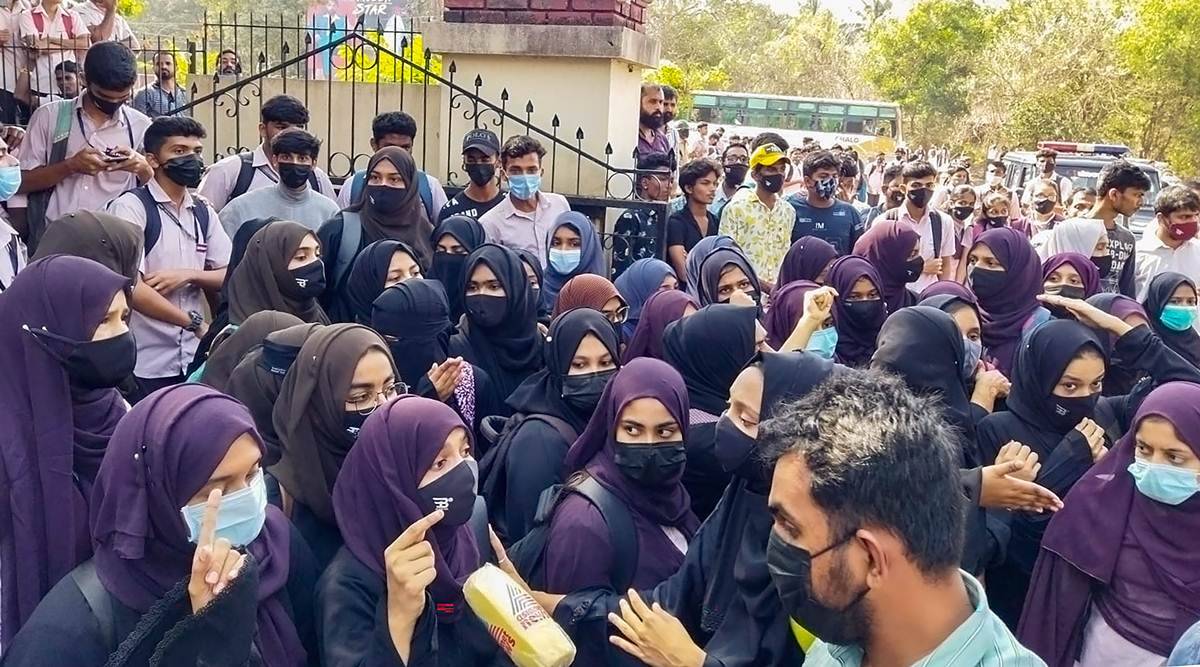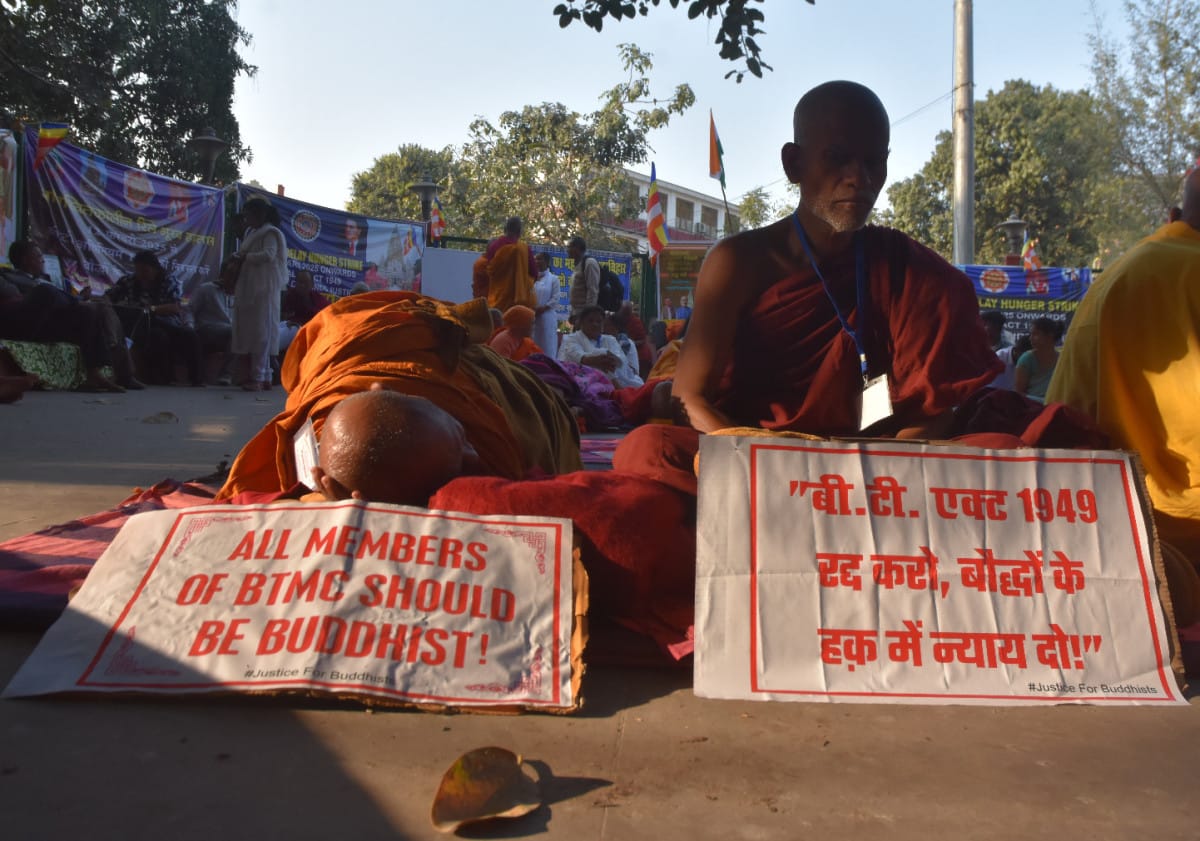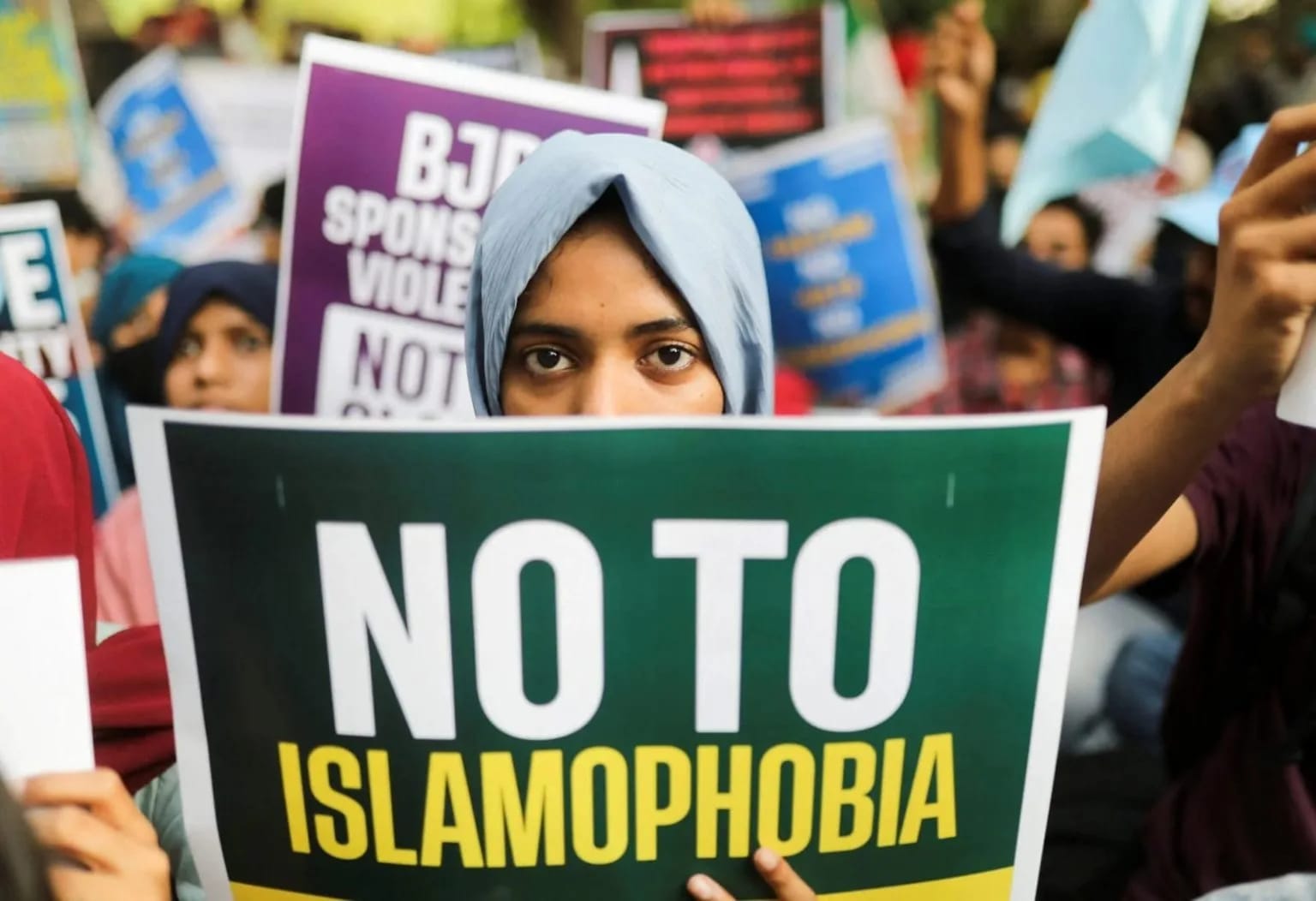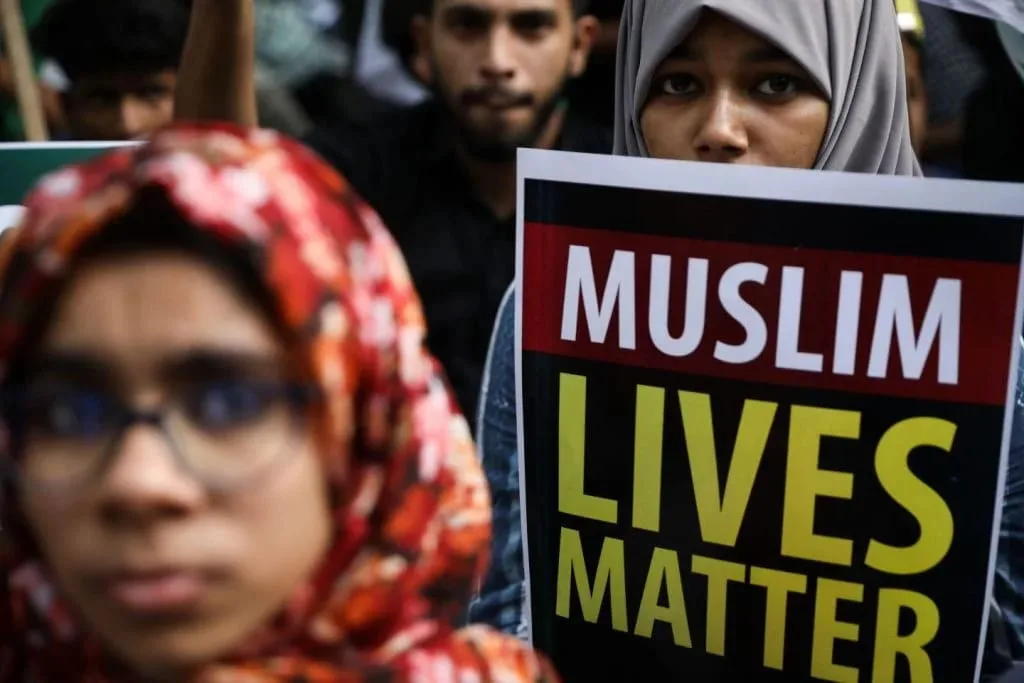The Karnataka government made headlines for scraping the long-standing 4% reservation of Muslims under OBC, 2B category. They have been reordained under EWS and the 4% has been distributed between Lingayats and Vokkaligas. Protests broke out in the state protesting the decision. What is the reason for this change? Elections knocking at the door – is this an Islamophobic nod of assurance to the majoritarian Hindus?
The new order
Last month, Karnataka High Court issued a notice to the state government, after a PIL, for breaching the Supreme Court-directed cap on reservations. The Supreme Court mandated a maximum 50% reservation for government jobs and education but Karnataka’s revised reservation policy pushes that to a whopping 57%. But Karnataka would not be the first state to have breached that limit. Protests against the revised reservation list erupted across the state led by various marginalised communities – from Banjaras to Muslims. The government increased the ST quota but has approved a new breakup of the reservation that several communities like the Banjaras, Bhovis, Korachas and Koramas are vehemently protesting – claiming a lack of proper caste census. But the story that grabbed eyeballs was the removal of Muslims from the 4% OBC reservation.
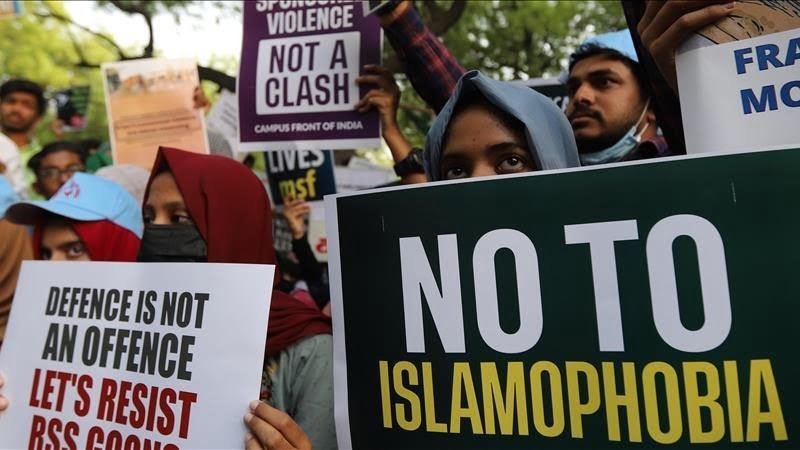
Certain Muslim sub-communities were reserved under the OBC category in Karnataka. This came into action in 1994 as per the recommendations of the Chinnappa Reddy Commission, formed to examine state reservation categories. The list included Muslims except for upper-caste Ashrafi Muslims (Cutchi, Navayat, Bohra, Sayyid, Sheikh, Pathan, Mughal, Mahdiva, and Konkani or Jamayti Muslims). In the revised reservation they have been pushed to the reservation for the Economically Weaker Section (EWS). Brahmins, Jains, Vaishyas, and other non-backwards, including Ashrafi Muslims, vie for the EWS reservation. In that juggernaut, the Pasmandas or OBC Muslims have now been appended. What happens to the 4% reservation? It was distributed between Vokkaligas and Lingayats. Originally holding 4% and 5% reservations, respectively, they now hold 6% and 7% reservations.
Understanding the redistribution
India lacks critical caste-based data but according to popular assumption, Lingayats constitute 17% and Vokkaligas 15% of Karnataka’s population. The old Mysore region observes Vokkaligas as the dominant community. The redistribution of the 4% has drawn some support from the Vokkaligas and Lingayat factions – both critical electorates to the BJP government. Side note: May 2023 will see the Karnataka state elections.
Amit Shah and the larger BJP rhetoric that is being pushed right now is that Indian reservation is not doled out based on religion. Yet what it fails to recognise or cleverly hides is that the Muslim community also exhibits hierarchies. Muzaffar Assadi, political theorist and professor of political science at the University of Mysore, noted that the original quota was not religion-based but was rather granted because the mentioned communities (in section 2B) were socio-educationally backward.
Amit Shah and the larger BJP rhetoric that is being pushed right now is that Indian reservation is not doled out based on religion. Yet what it fails to recognise or cleverly hides is that the Muslim community also exhibits hierarchies. Muzaffar Assadi, political theorist and professor of political science at the University of Mysore, noted that the original quota was not religion-based but was rather granted because the mentioned communities (in section 2B) were socio-educationally backward.
Also Read: Karnataka Hijab Row: Clothing, Secularism And A Nation In Danger
This was the same premise on which the Mandal Commission took stock of the reservation needs. Not religion but a community’s needs. And the needs or marginalisation is systemic. Pushing anti-religion rhetoric is also falsified by the fact that Jains (Digamabaras) and Christians continue to benefit from the OBC reservations. It is also important to note that the Constitution allows reservation to be granted based on a community’s social backwardness. So what exactly is the reason for a revision that targets Muslims?
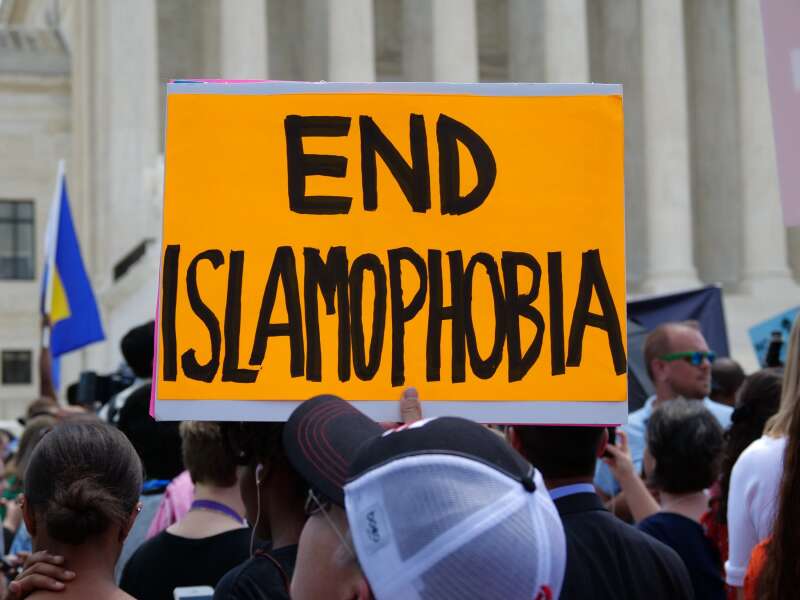
The move has also been dubbed legally dubious by experts. Alok Prasanna, a senior resident fellow at the think tank Vidhi Centre for Legal Policy, pointed out that the government did not follow the set procedure while removing Muslims from the OBC quota. The Karnataka State Commission for Backward Classes Act says the government is bound by the Commission’s recommendation. Yet the interim report stated nothing about Muslims. Not only that the government wrongly identifies Muslims as a religion when indeed they are a community that practices a religion – Islam. Previous census and government records show that they exhibit sub-castes.
Islamophobia in Karnataka
Last year Karnataka saw the Hijab-row wherein the state pushed to ban Hijab in educational institutes. The High Court upheld the state’s decision and later that year the Supreme Court could reach a split verdict. According to the HC Hijab was not essential to the practice of Islam and was against the uniformity expected in educational institutes. This year, reports read that women were still struggling under this policy and finding alternative ways to continue their education. The divisive policy reveals the state’s bias against Muslims. There is no way to deny the continued Islamophobia that is fanned one policy at a time. The revised reservation is another example of the government’s attempt at sidelining the community from educational spaces and places of professional power.
In pushing the OBC Muslims into the EWS category the critical lens of social marginalisation is removed. Instead, they are now clubbed with unreserved communities, including upper-caste Hindus and other socially mobile communities, fighting for the 10% reservation. The rhetoric pushed by BJP that reservation shall not be based on religion fans both the anti-reservation sentiments and the Islamophobic majoritarians.
In pushing the OBC Muslims into the EWS category the critical lens of social marginalisation is removed. Instead, they are now clubbed with unreserved communities, including upper-caste Hindus and other socially mobile communities, fighting for the 10% reservation. The rhetoric pushed by BJP that reservation shall not be based on religion fans both the anti-reservation sentiments and the Islamophobic majoritarians.
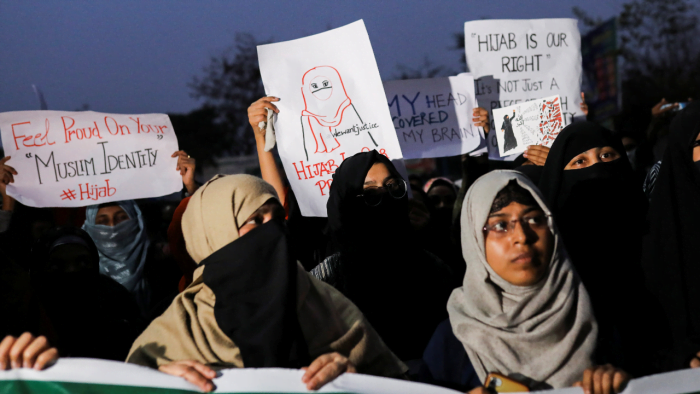
Muslims are clubbed under one heading, thus completely removing the context of these sub-communities being socially backward and educationally deprived. While they claim that the reservation was originally made to appease an electorate they make a mockery of their redistribution of the 4% amongst already reserved Vokkaligas and Lingayats – two of the state’s most dominant communities.
Also Read: Asserting Their ‘Muslimness’ Fiercely: Women Undeterred By Islamophobia & Misogyny
BJP has a difficult election at hand, significantly troubled after BS Yediyurappa’s resignation in 2021. The revised reservation indicates that the BJP government is watering two plants with one hose aiding the growth of Islamophobia while appeasing the relevant electorate. The revised reservation is legally dubious and the parroted justification falls short. What is apparent is the constant sidelining of a community based on religion.
About the author(s)
She/they is an editor and illustrator from the suburbs of Bengal. A student of literature and cinema, Sohini primarily looks at the world through the political lens of gender. They uprooted herself from their hometown to work for a livelihood, but has always returned to her roots for their most honest and intimate expressions. She finds it difficult to locate themself in the heteronormative matrix and self-admittedly continues to hang in limbo
